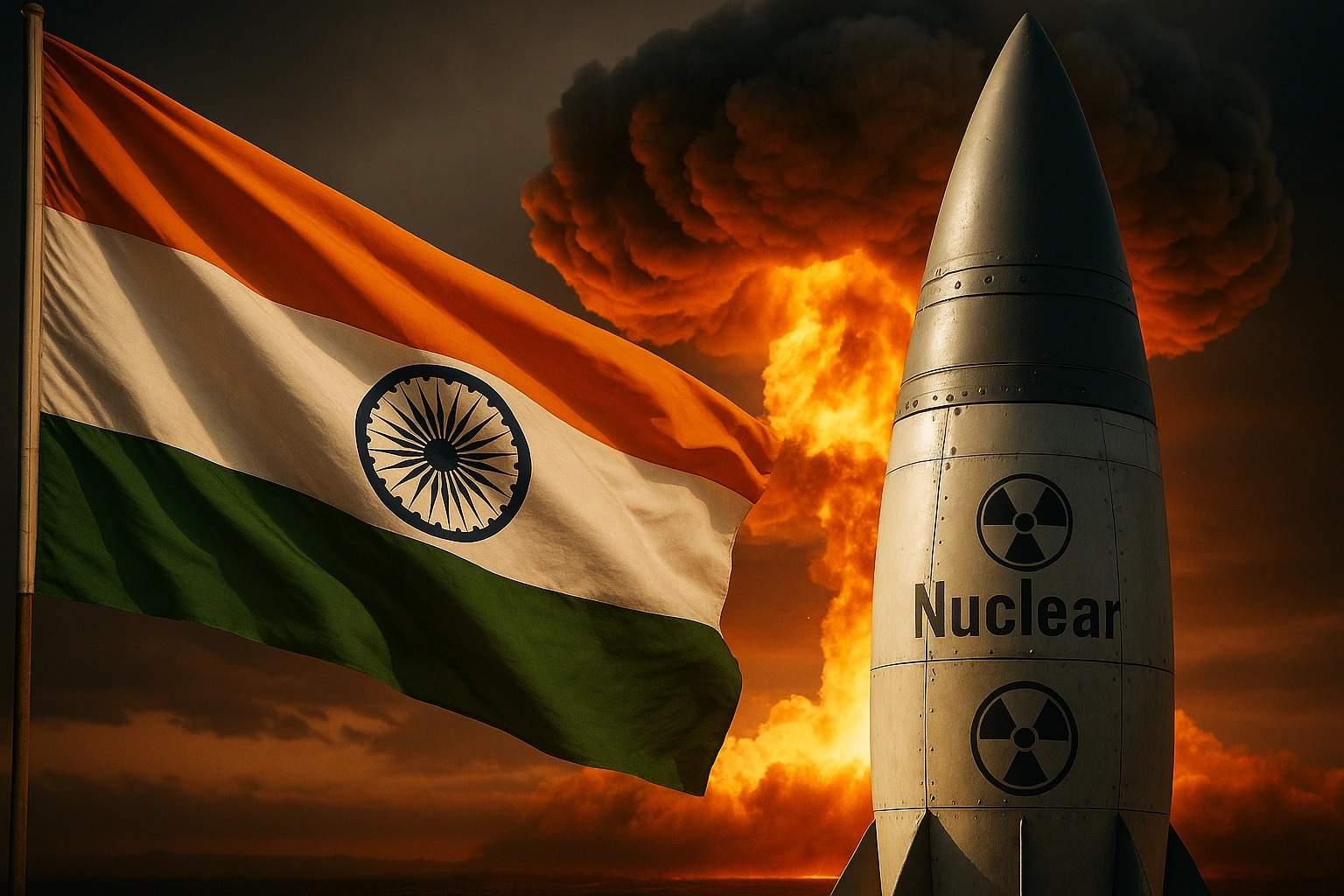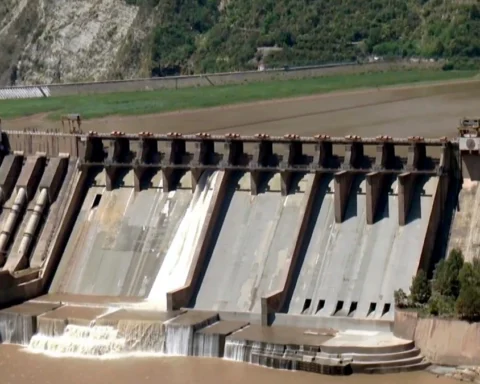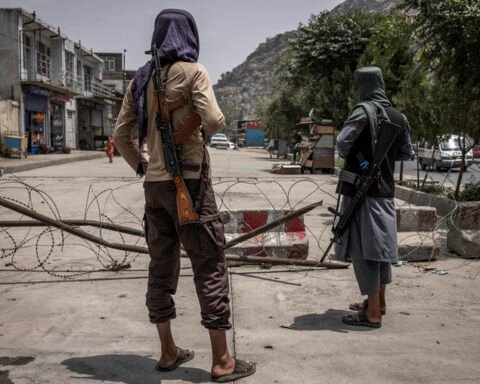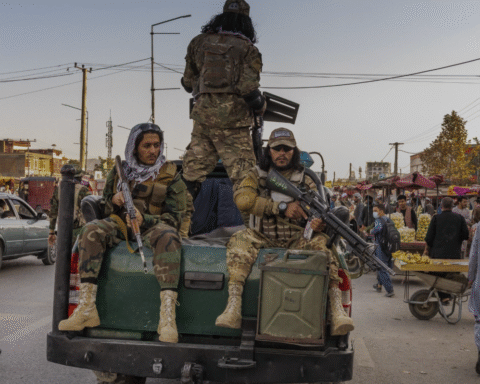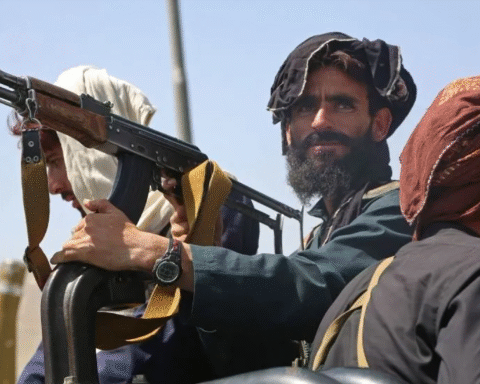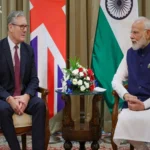South Asia as the region of nuclear instability can be dated back to 1974 when India was the first country to perform the nuclear test under the disingenuous moniker of the peaceful nuclear explosion.
The strategic impact of this was that such use of civilian program to military ends essentially changed the balance of power in the region and forced Pakistan to also have its own nuclear deterrence.
This contrasts with the aggressive policy of India, and Pakistan, the nuclear policy of the latter is somewhat restrained and objective-oriented. It is more concerned with reliable minimum deterrence to India, not arms race or resurging regional supremacy.
The reason is that Pakistan has built the size and composition of nuclear forces to deal with the Indian threat. It has developed missile systems depending only on having the Indian territory in its scope, never willing to jump off to the other areas of the world.
Moreover, Islamabad has also voluntarily submitted all its civilian nuclear installations to the International Atomic Energy Agency (IAEA) in terms of safeguards. Such degree of openness is hard to find in the region and gives testimony to the sober nuclear stance of Pakistan.
The command and control of Pakistan is grounded on strict measures on security, and it incorporates routine security audits and aligns with international best practices. In its doctrine, it stresses on last resort, preserves stability and deters escalation in need of crisis.
India’s Expanding and Opaque Nuclear Program
In sharp contrast, the nuclear posture of India has been marred with secrecy, proliferation and widening negligence of international non-proliferation orthodoxy. India still maintains some of its nuclear facilities which lie beyond the line of IAEA clearance, and this leaves it under a cloudy atmosphere in which fissile materials to be used in a peaceful way may as well be diverted into the military arena. Ambiguity of dual use in India’s nuclear program is rightful question the actual magnitude and objectives of its fissile stores.
The missile development program in India is no exception as it is taking a troubling direction across the world. As Pakistan has limited its missile ranges to Indian soil, India is testing and deploying missiles like Agni-V which can cover an Indian terrain of about 8,000 km and the yet to be completed Agni-VI whose range is estimated to be as far as 12,000 km.
By every standard these are intercontinental ballistic missiles (ICBMs) capable of striking Europe and even parts of North America. Moreover, India is developing its second strike based on sea-based weapon by the K-series submarine-launched ballistic missiles (SLBMs) that also are of a long range and strategic interest.
These actions call to question the existence of the concept of credible minimum deterrence and hint of much greater nations than South Asia. Together with the increasingly large fissile material inventory and the absence of full spectrum IAEA control, the nuclear activities in India can be potentially disastrous not only to regional tranquillity but also American-led world security order.
Lapses in Safety and Escalatory Risk
The growing nuclear and missile program in India does not have professional protection and expertise to handle the operations. Several highly disturbing accidents have sent alarm bells ringing over security and management of its nuclear resources. Most shocking perhaps was the incident of a BrahMos missile being accidentally fired into Pakistan in 2022, which would not only cause an immense loss but also pose a serious threat to causing a massive war between two nuclear states.
There was no clear answer made by the Indian government and the internal investigation was not succeeded to gratify international observers. There have also been concerns in the world concerning radiation theft and mismanagement of nuclear materials recorded in India. So long as there are no strong institutional mechanisms of accountability or safety, this kind of burgeoning armoury poses a threat to stability.
The matters are additionally added by the fact that India is speedily drifting toward ideological principles of ruling under the Bharatiya Janata Party (BJP), if strategic determination of the country could be inclined by the politics and religion, not rational statecraft.
The Rise of Hindutva and Its Implications
The nuclear equation of India goes wrong with the ideological shift brought about by the Modi-led BJP government, bringing about a very dangerous variable in the calculus. India has a non-traditional interest in terms of the winds of change ascending in India regarding Hindutva, which is an anti-Muslim Indian Nationalist ideology, which has become the centerpiece of both domestic and foreign policy in India. This change has injected a civilizational zealotry into India’s strategic thinking leading to unphased form of thought that is not quite the practical restraint demanded of nuclear powers.
The international community is alarmed by the fact that due to the influence of ideology extremism, nuclear capability is becoming increasingly intertwined with it. Once a given state starts to undertake global missile capability in the context of an exclusionary and in many cases, a militant ideology, the perils of misjudgement and war enter a whole new plane. It is not only a local issue anymore, but the missile range of India and ideological approach have international consequences. Developed world or the United States, must re-evaluate their strategic assumptions regarding India.
Although India is widely regarded as the counterbalance to China, such a strategic consideration should not be at the cost of international non-proliferation rules and regional dynamics.
International Aspects and Strategical Liking
The uncontrolled missile and nuclear proliferation by India are not only threatening the security of the world. Due to the increase in the economic and military power in India, its desires to dominate the region also increase. Given no opposition, this path may trigger a new arms race in the Asian continent, weaken the international disarmament regime and threaten the already weak peaceful settlements in South Asia.
In addition, the global society needs to appreciate the fact that India is not a mere South Asian power anymore. Its passions, military capabilities and strategic policies now cross with the interests of global security. The tolerance or encouragement of the West to India to proceed with its strategic advancement without the appropriate checks and balances would be tantamount to justification of a hegemonic state that is endowed with an ideological vision and nuclear capability.
To uphold international peace and stability in the region, India requires closer observation of its nuclear stance, stronger protection of its nuclear installations and reaffirmation of global standards. There seems to be no need to create strategic relationships with India at the expense of ignoring such dangerous developments. The international community can only overcome the menace of India having high missile and nuclear capability by being principled, balanced, and responsible.

